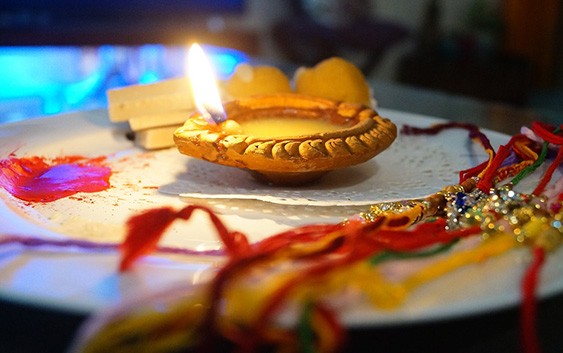In our previous post we shared Most Celebrated Festivals in India during first quarter of year (January to March)Let’s continue with more celebration
Baisakhi:
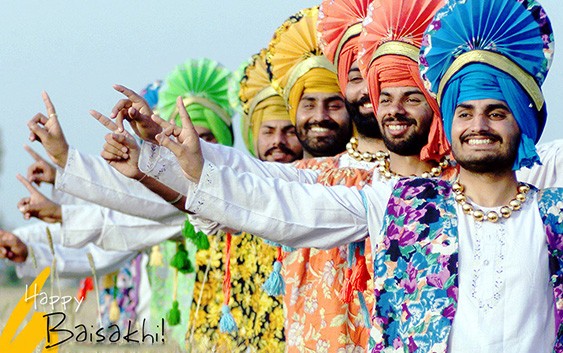
Celebrated on 14th of April, Baisakhi is primarily celebrated by the Sikh community in Punjab and those around the world. Baisakhi indicates the beginning of the harvest season for the Rabi crops. Local folk dances such as Giddha and Bhangra are the expressions of happiness of this prosperous and auspicious day. This festival is of great religious significance in India as it also marks the day when the tenth Guru of Sikhs, Guru Gobind Singh, laid the foundation stone for the Panth Khalsa-the Order in the year 1699.
Key attractions: Folk dances, Punjabi feasts and decorations
When: 14th April
Where: all across the country mainly by Sikhs
Bihu: Dance, Music, And Laughter (celebrated in second week of April)
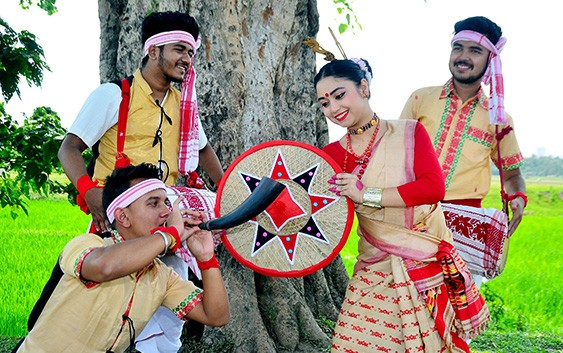
Bihu is one of the most popular among the festivals of India celebrated in the North East, Bihu is the harvest festival of Assam. Mostly the festival falls in second week of April. During this week-long celebrations, people wear their traditional clothes and perform the Bihu dance in the village fields and courtyards. It is also celebrated as New year in Assam.
Key attractions: The Bihu dance, ocal cuisine – coconut ladoo, tilpitha, ghilapitha, and fish pitika
When: 2nd week of April
Where: Mainly in North East India
Eid-Ul-Fitr: (June)
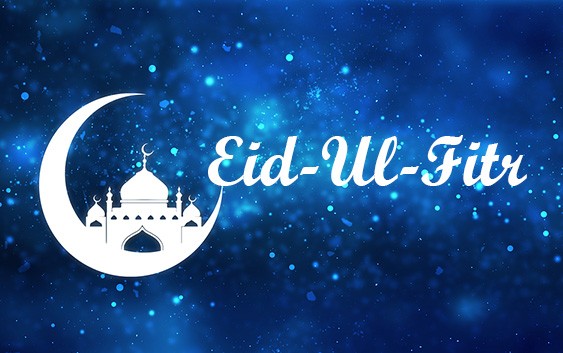
Eid-Ul-Fitr (aka EID) is one of the major festivals celebrated by the Muslim community. People dress up in nice traditional attires, attend a special community prayer in the morning, visit friends, and relatives and exchange sweets. Children are given Edi (in the form of Gifts or money) by elders. The day is celebratedat the conclusion of the holy month of fasting called Ramadan.
Key attractions: Morning Eid namaz at the mosques, and the sweet dishes specially “siwainya”- (Sweet noodles cooked in Milk).
When: On the 1st day of the month of Shawwal of the lunar Hijri calendar, (usually falls in June or beginning of July)
Where: All over the country
RakshaBandhan: Strengthening The Bond Of siblings (Brothers and sisters) – (August)
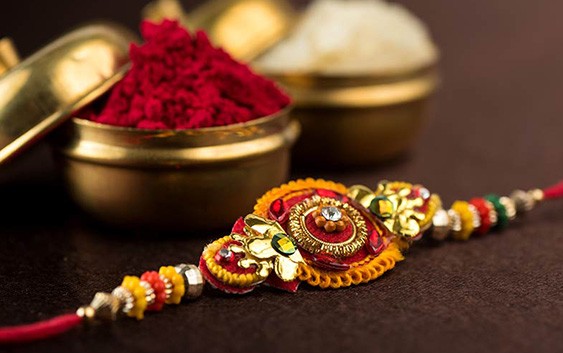
Rakhsha Bandan (aka Rakhi) is celebrated almost all across the country. The festival signifies the bond between brother and sister.The sister performs Aarti (prayer), applies tilak, and ties rakhi (a sacred thread) on the brother’s wrist wishing his well-being. In return, brother promises her to protect the sister throughout her life. Brothers also please their sisters by giving them nice gifts
Key attractions: Markets showcasing a colorful variety of rakhis and sweets
When: The full moon day of Shravana month of the Hindu lunisolar calendar,
Where: All over India, Particularly in North, Central and West India
Janmashtami (Birthday of Lord Krishna)
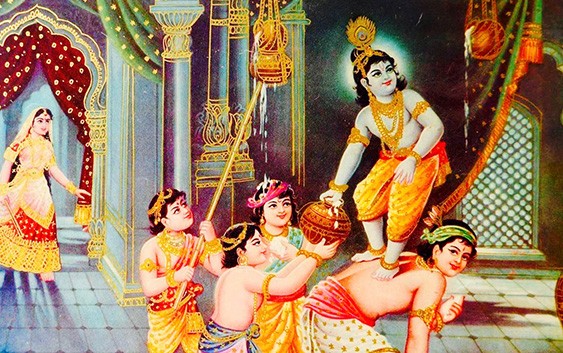
Also popular as Gokulashtami or Sreekrishna Jayanthi, Janmashtami is another vibrant festival widely celebrated all over India. According to the Hindu calendar, Janmashtami is celebrated on the Ashtami (eighth day) of Krishna Paksha (dark fortnight) in the month of Shravana or Bhadra (in the Hindu calendar).
In Tamil Nadu the festival is known as Sri Krishna Jayanti. Although the festival is celebrated all around India, but to enjoy the real celebration – Mathura and Vrindavan are the best places. These are the places where Lord Krishna was Born (Mathura) and bought up (Vrindavan).
Across India there are lots of ceremonies and prayers at temples dedicated to Krishna. Many people consider fasting, a day before and prayer up to midnight, the time at which it was said that Krishna was born.
Key attractions: Lord Krishna’s birthday celebrations in Temples, schools and public places where Kids are dressed up as Krishna and Radha
When: The full moon day of Shravana month of the Hindu lunisolar calendar,
Where: All over India, Particularly in North, Central and West India
Stay tuned for more fun and celebration in India, during rest of the year.

